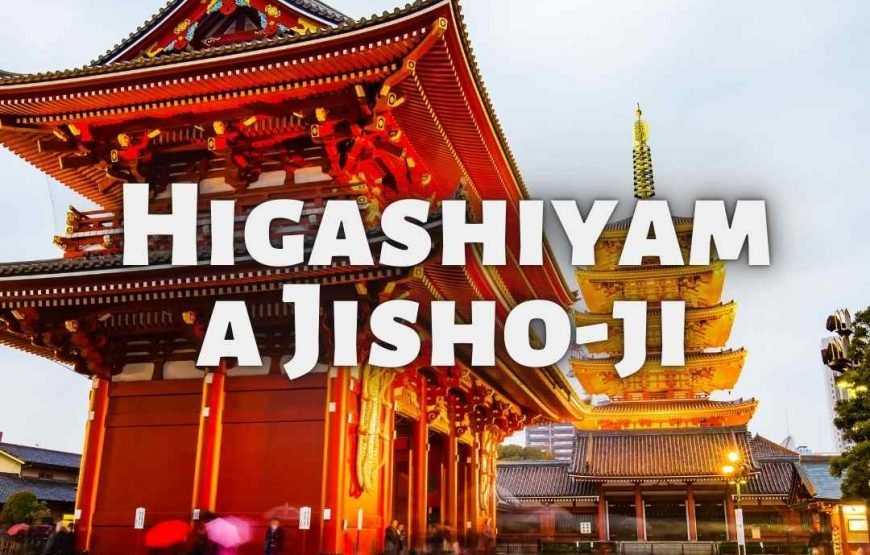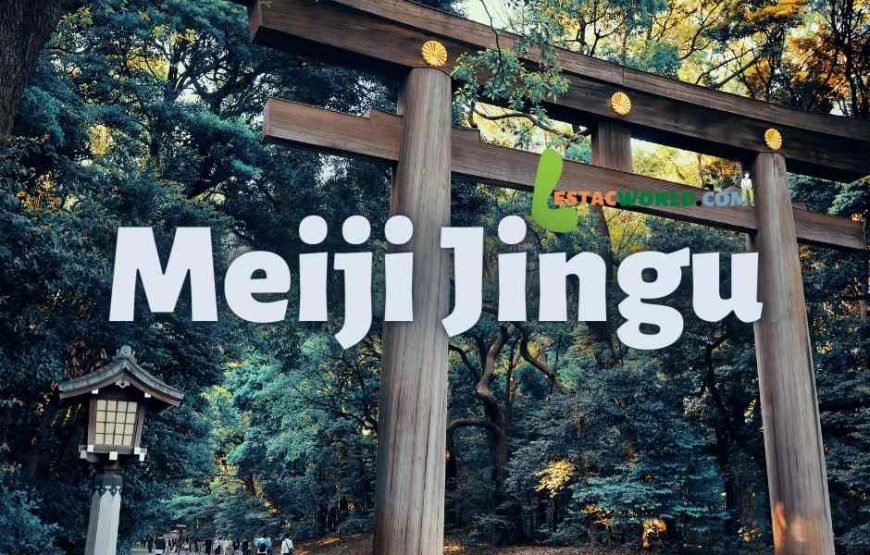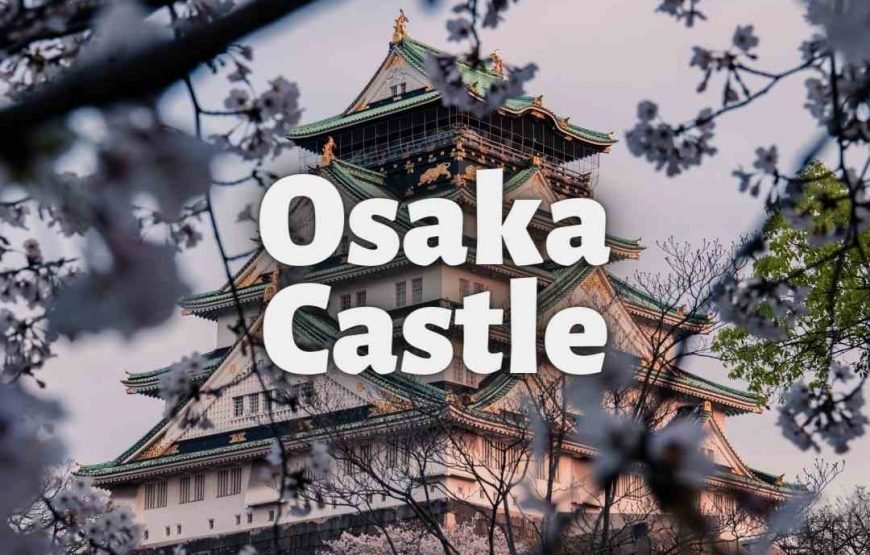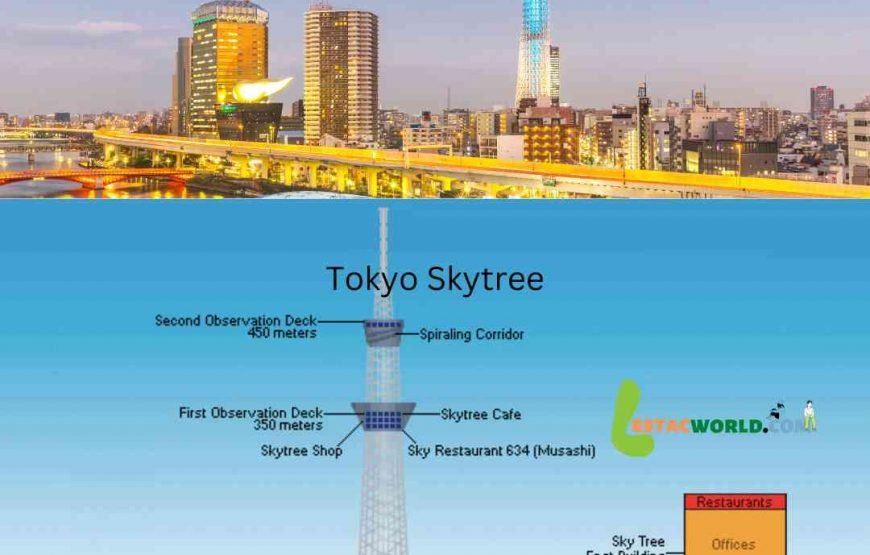This 7 nights Japan tour package offers a diverse range of experiences, from the dynamic urban landscapes of Tokyo and Osaka to the tranquil temples and gardens of Kyoto, and finally to the poignant history of Hiroshima. It’s a journey that captures the essence of Japan’s unique charm and resilience.
- Tokyo: Start your adventure in the bustling capital of Japan, Tokyo. Experience the perfect blend of tradition and modernity as you explore iconic landmarks such as Tokyo Tower, the Imperial Palace, and the famous Shibuya Crossing. Don’t miss the chance to indulge in Japan’s finest shopping and dining experiences.
- Kyoto: Travel to Kyoto, the cultural heart of Japan, known for its ancient temples, serene gardens, and rich history. Immerse yourself in the beauty of UNESCO World Heritage sites like the Golden Pavilion, Kiyomizu Temple, and the enchanting Fushimi Inari Shrine. Taste the traditional multi-course Kaiseki meal, a culinary delight.
- Osaka: Discover Osaka, Japan’s second-largest city, celebrated for its vibrant food scene and lively nightlife. Explore iconic landmarks like Osaka Castle, the futuristic Umeda Sky Building, and the bustling Dotonbori shopping district. Don’t miss trying local street food delights like Takoyaki and Okonomiyaki.
- Hiroshima: Visit Hiroshima, a city that has triumphed over tragedy to become a symbol of hope and peace. Explore the Hiroshima Peace Memorial Park and Museum, commemorating the atomic bomb’s impact in 1945. Witness the serene beauty of Itsukushima Shrine on Miyajima Island, one of Japan’s most famous landmarks.














I've dreamed of visiting Japan for years, and this tour exceeded my expectations.